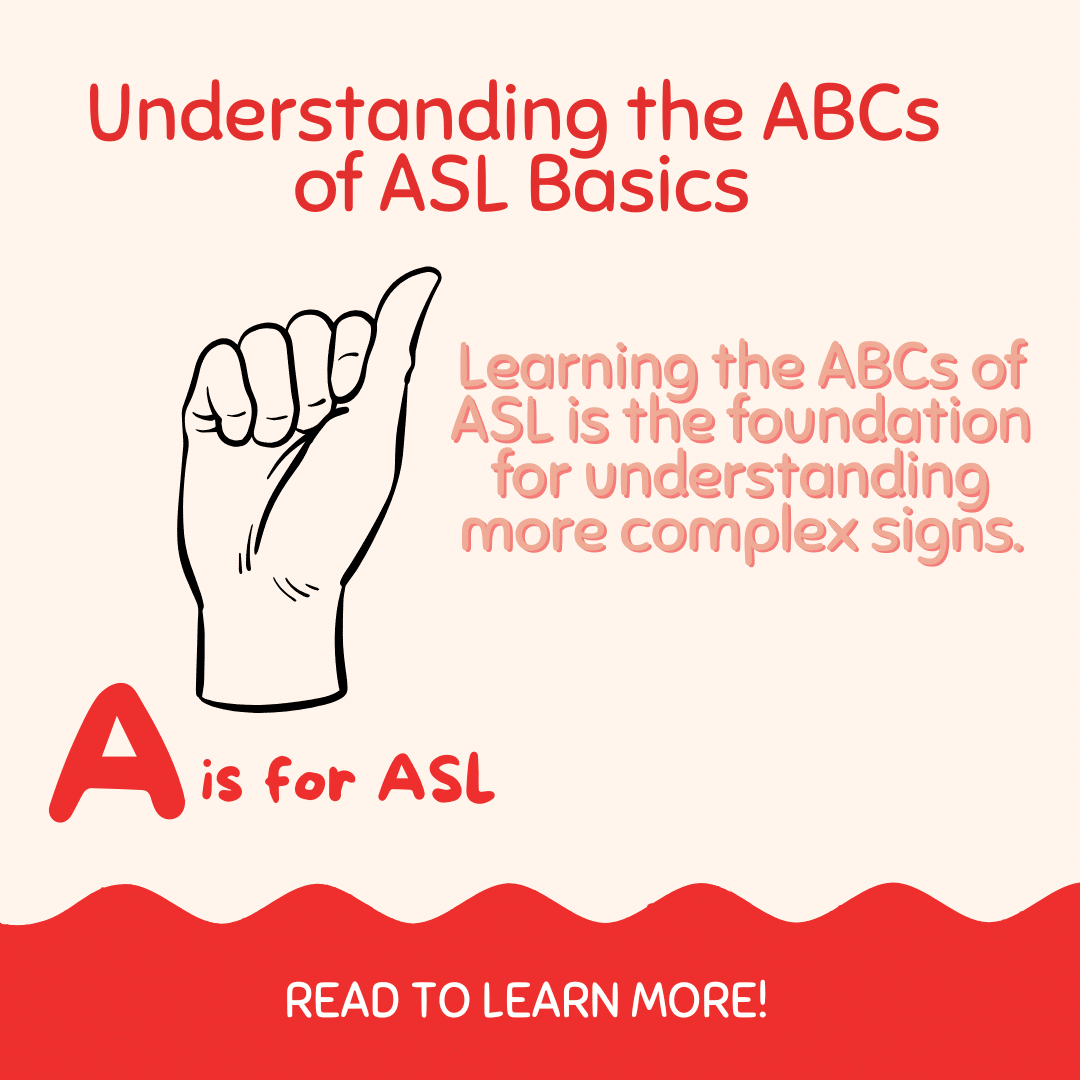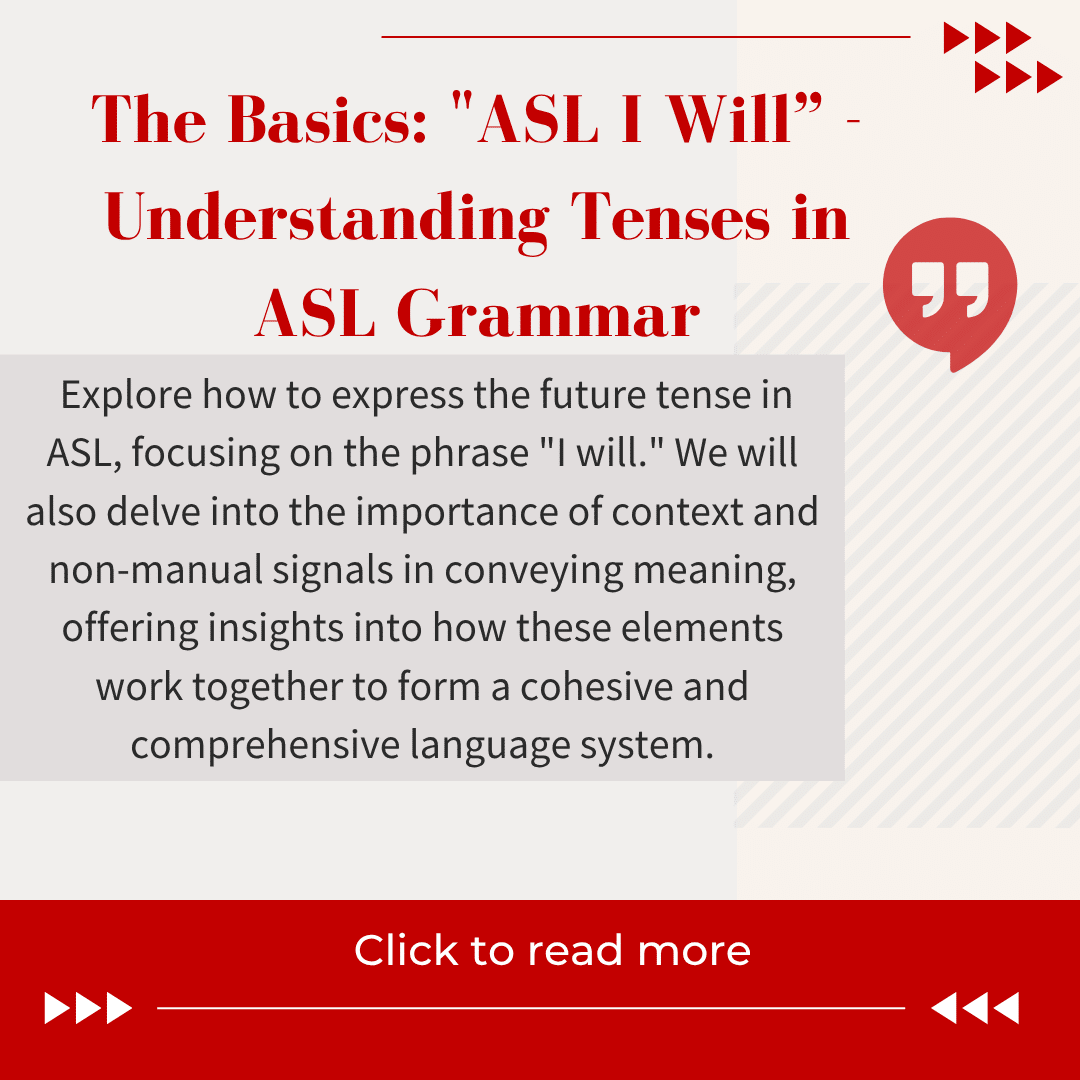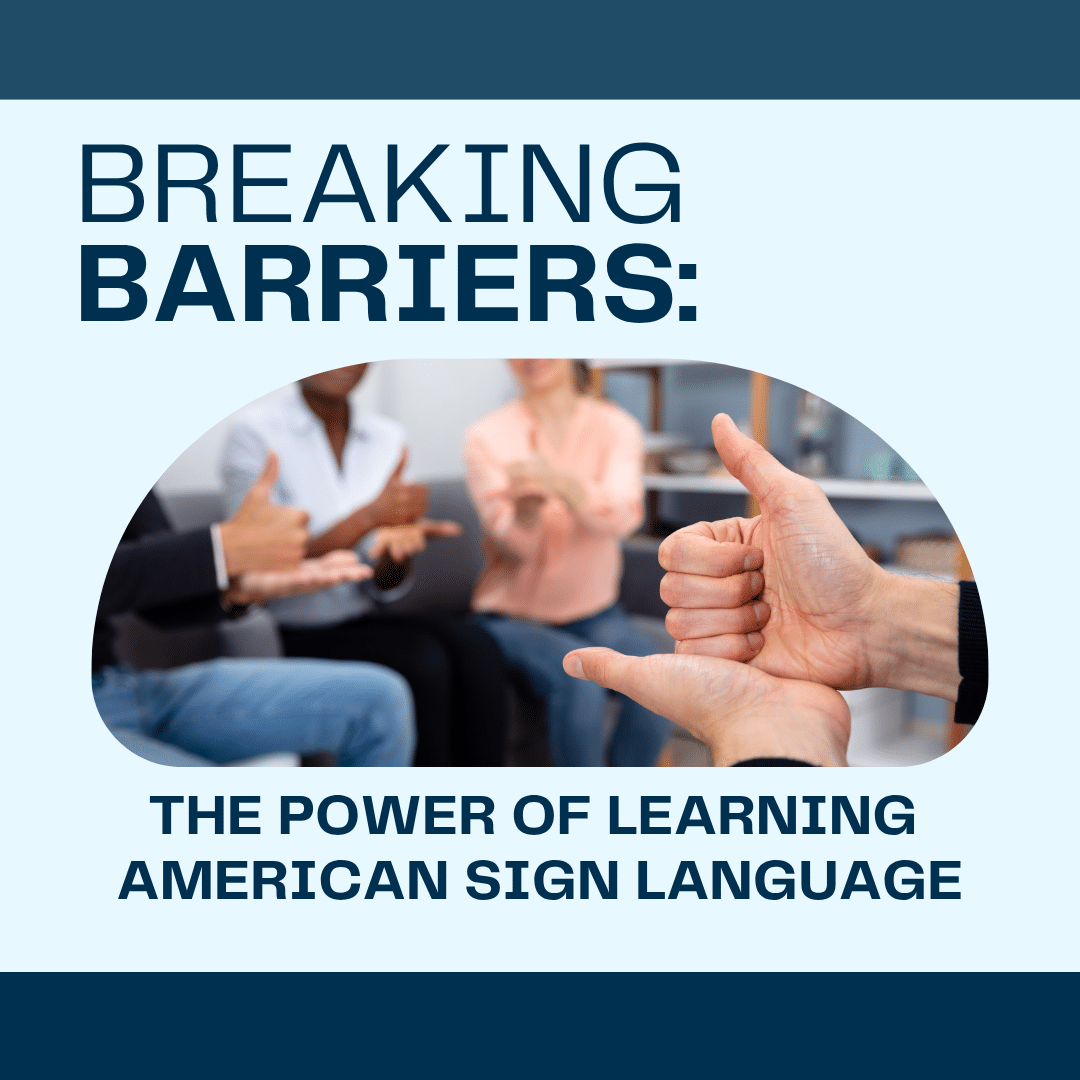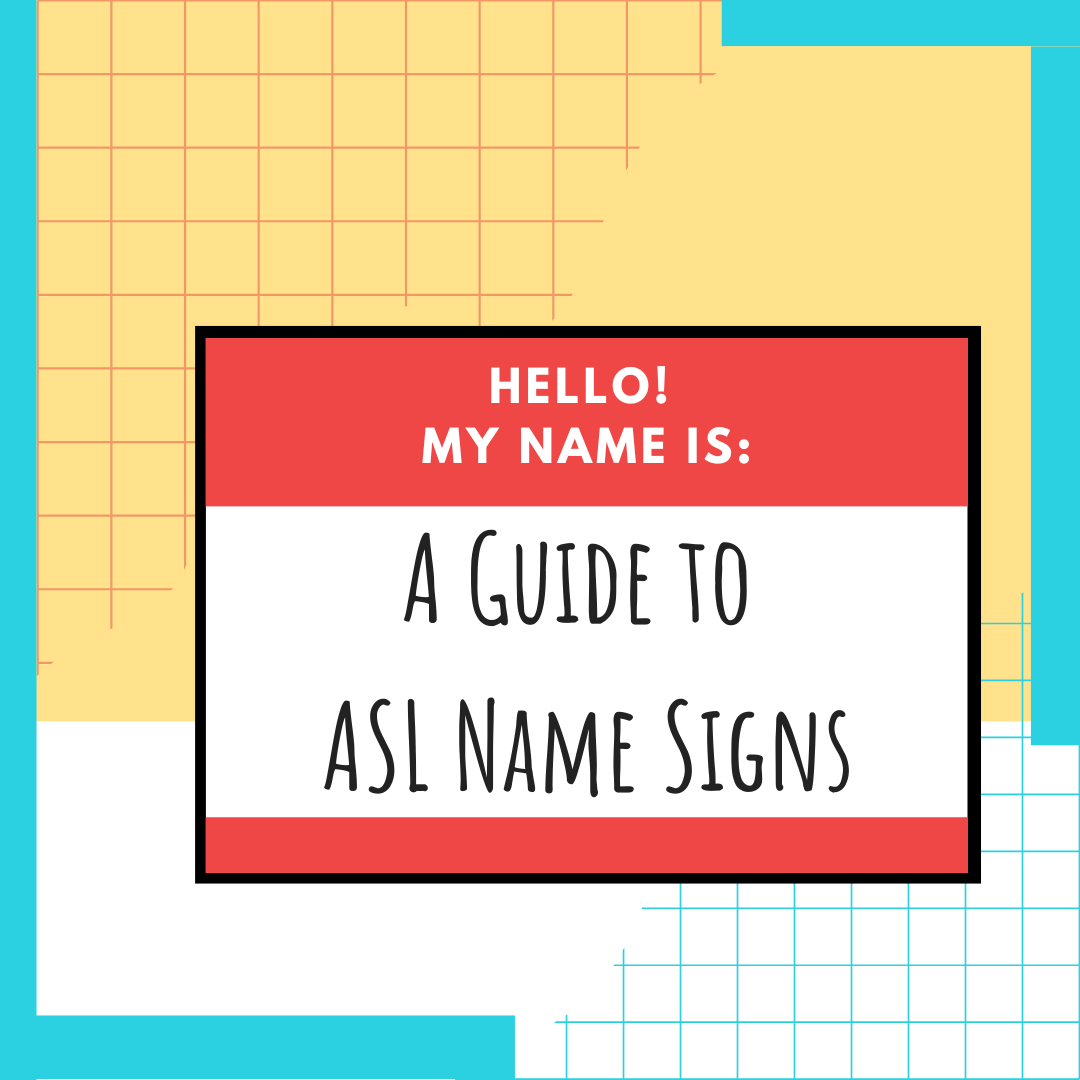
Accessibility in the City
- by Start ASL
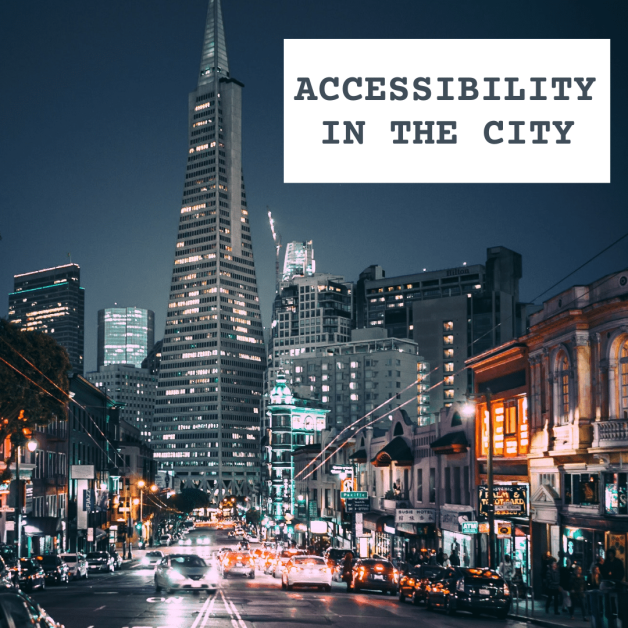
The city is full of noise and places to visit. Accessibility for Deaf and hard-of-hearing people can be an issue. There are many ways Deaf people can navigate the city safely.
For example, many subways such as Washington, D.C., Boston, Los Angeles, and New York City have warning lights when subways or trains approach the platform. Many subway systems in major U.S. cities—including Washington, D.C. (Metro), Boston (MBTA), Los Angeles (Metro Rail), and New York City (MTA)—use warning lights on platforms as part of their safety features. These lights are typically located along the platform edge and alert passengers of an approaching train. Here’s how they work in different cities:
- Washington, D.C. (Metro): The platform edge has yellow bumpy tiles (tactile warning strips) with embedded lights that flash when a train approaches.
- Boston (MBTA): While not all stations have flashing lights, some do have illuminated warning signs or platform edge lights, especially on newer or renovated platforms.
- Los Angeles (Metro Rail): Many stations feature LED warning lights along the platform edge or digital displays with audio/visual alerts.
- New York City (MTA): While the MTA primarily uses audible announcements and platform screens, certain newer or upgraded stations may include warning lights or platform-edge lighting systems.
Also inside the subways, there are often working marquees that help Deaf people know when their stop is approaching. Many subway systems now include visual display systems, such as LED or LCD marquees, inside subway cars to assist passengers, especially those who are Deaf or hard of hearing.
These displays typically show:
- Next station name
- Service updates or delays
- Transfer options
- Occasionally, public safety messages or ads
Here’s how some cities handle this:
- New York City (MTA): Newer trains (especially the R142, R160, and R211 models) have digital strip maps and scrolling marquees showing the current location, next stop, and upcoming stations. Older trains rely more heavily on audio announcements.
- Washington, D.C. (Metro): Most cars have digital displays that show the next station and sometimes arrival times or alerts.
- Boston (MBTA): The newer Red, Orange, and Green Line trains have electronic signs showing the next stop and can flash service alerts.
- Los Angeles (Metro Rail): Metro cars typically have scrolling signs above doors announcing the next station and any system messages.
These visual aids are part of broader efforts to improve accessibility and real-time information for all passengers, not just those who are Deaf or hard of hearing.
Learn signs for the city here
Deaf people often use smartphones such as iPhones to communicate with other people who do not know ASL to ask for directions or questions about the city’s whereabouts. Smartphones are a vital communication tool for many Deaf and hard-of-hearing individuals, especially when navigating public spaces like subways or unfamiliar cities.
Here are some common ways Deaf people use smartphones to communicate with hearing individuals who don’t know American Sign Language (ASL):
- Texting/Typing Messages: Apps like Notes, Messages, or any texting app can be used to type out a question or comment and show it to someone nearby.
- Speech-to-Text Apps: Apps such as Apple’s built-in Live Speech, Google Live Transcribe, or third-party apps like AVA or Otter.ai transcribe spoken words into text in real time, making conversations more fluid.
- Video Calls with ASL Interpreters: Services like Video Relay Service (VRS) allow Deaf users to connect with a live interpreter who signs and speaks on their behalf.
- Translation Apps: Some apps help translate typed English into simple images or phrases, which can help bridge gaps where reading English is a challenge (particularly for those who use ASL as their primary language).
- Maps and Navigation Apps: Deaf travelers often rely heavily on apps like Google Maps, Apple Maps, or Transit for real-time transit directions, avoiding the need to ask for verbal help.
Smartphones, with their multitouch interfaces, speech and text capabilities, and video options, have dramatically increased independence and access to information for Deaf individuals in public settings.
Additionally, more and more people know ASL–made possible online education and in-person ASL instruction facilitated by companies such as StartASL.com and ASL classes being available in many high schools and colleges and other educational institutes. This makes it easier for Deaf people to communicate with store personnel, police, hospital staff, etc. The growing number of people learning American Sign Language (ASL), thanks to resources like StartASL.com, ASL programs in high schools, colleges, and online platforms, is helping to bridge communication gaps between Deaf and hearing communities.
This wider exposure and education make it easier for Deaf individuals to interact with:
- Store personnel who might know basic signs like “help,” “cash,” or “thank you.”
- Police officers or first responders who are trained in basic ASL or know how to access interpreters quickly.
- Hospital and clinic staff who may have taken ASL classes or work in facilities that prioritize accessibility and Deaf awareness.
This increased awareness and education lead to:
- Better service experiences
- Faster and safer emergency responses
- More inclusive classrooms and workplaces
It also reduces the need to rely solely on interpreters or write everything down — allowing for more natural and respectful communication.
Furthermore, many museums have Deaf-led ASL tours and ASL-interpreted tours that allow Deaf people to feel included during museum tours. Those types of tours can be found in New York City and Boston to name a few. Many museums are making great strides in accessibility by offering Deaf-led ASL tours and ASL-interpreted tours, which help Deaf visitors feel more welcomed, included, and able to fully engage with exhibits.
In cities like New York City and Boston, you’ll find notable examples:
🗽 New York City
- The Metropolitan Museum of Art (The Met): Offers Deaf-led tours where guides who are native ASL users lead discussions about selected artworks.
- The Museum of Modern Art (MoMA): Hosts monthly ASL tours and offers interpreted talks and film screenings.
- The American Museum of Natural History: Offers scheduled ASL-interpreted tours and other accessibility programs.
🦞 Boston
- Museum of Fine Arts (MFA): Offers interpreted tours and sometimes Deaf-led events in collaboration with local Deaf artists or educators.
- Boston Children’s Museum and Museum of Science: Both have made efforts to include ASL interpretation for certain programs and Deaf-friendly resources.
These tours provide more than just access — they offer cultural inclusion and recognize ASL as a full and rich language. They also give Deaf guides and educators a platform to lead and share their perspectives, enriching the experience for everyone involved.
Also, many restaurants in the city have specific events that are geared towards the Deaf community that is ASL friendly. For example, Starbucks in Washington D.C. has staff that are ASL fluent. more and more restaurants and cafes in major cities are creating Deaf-friendly spaces and hosting ASL-focused events to support and celebrate the Deaf community.
Here’s how this is happening:
- ASL-Fluent Staff:
- The Starbucks Signing Store in Washington, D.C., near Gallaudet University, is a standout example. It’s staffed entirely by Deaf and hard-of-hearing employees or those fluent in ASL, and it was designed with Deaf culture in mind (open spaces, visual displays, and digital ordering).
- Deaf Nights or Silent Dinners:
- Many restaurants and bars in cities like New York, Los Angeles, and Boston hold regular events like:
- Deaf Dinners
- ASL Social Nights
- Silent Suppers — where communication is in ASL only, encouraging both Deaf and hearing people to connect in sign.
- Many restaurants and bars in cities like New York, Los Angeles, and Boston hold regular events like:
- Deaf-Owned Businesses:
- A growing number of Deaf-owned restaurants or cafes (like Mozzeria, founded by a Deaf couple) provide immersive ASL environments and offer cultural spaces centered on Deaf identity.
These efforts promote inclusivity, raise Deaf awareness among hearing patrons, and provide a welcoming, linguistically accessible experience.
Several U.S. cities are considered especially ASL-friendly due to their strong Deaf communities, accessible public services, education institutions, and businesses that support Deaf culture. Here are some of the most ASL-friendly.
1. Washington, D.C.
- Home to Gallaudet University, the world’s only liberal arts university for Deaf and hard of hearing students.
- The Starbucks Signing Store and many local businesses employ ASL-fluent staff.
- Frequent ASL events, Deaf film screenings, and community meetups.
2. Rochester, New York
- One of the highest per capita Deaf populations in the U.S.
- Home to NTID (National Technical Institute for the Deaf), part of RIT.
- City services, hospitals, and even some police officers are ASL-trained.
3. Austin, Texas
- Strong and growing Deaf community.
- Accessible public services, Deaf-led events, and Texas School for the Deaf.
- Many interpreters and ASL users throughout the city.
4. Los Angeles, California
- Major center for Deaf media and arts, including the Deaf West Theatre.
- ASL is widely taught in schools and colleges.
- Large number of Deaf-friendly businesses and events.
5. New York City, New York
- Offers ASL-accessible museums, performances, and events.
- A rich network of interpreters and Deaf advocacy organizations.
- Diverse and vibrant Deaf culture scene.
6. Boston, Massachusetts
- Home to Northeastern University’s ASL/Interpreting program.
- Many cultural institutions offer ASL tours and interpreted events.
- Active local Deaf community and social scene.
These cities tend to have:
- Deaf education centers
- Public ASL access (e.g., interpreters in hospitals, police stations)
- Regular ASL social events
- Deaf-owned or Deaf-friendly businesses
In conclusion, Deaf and hard-of-hearing people have access to tools that help them navigate city life. Additionally, people who are interested to learn more ASL can always take online self-paced ASL classes with StartASL.
Start Learning ASL Today!
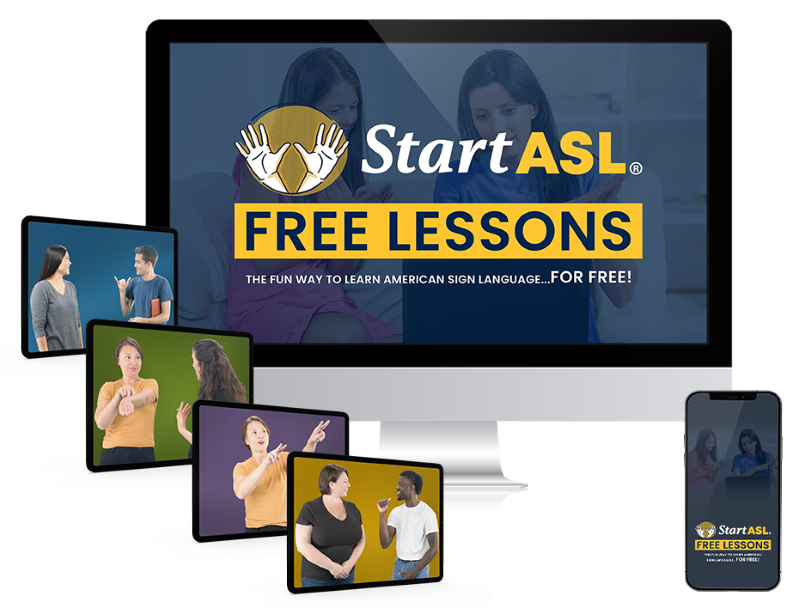 Ready to start learning real American Sign Language and not just basic signs? Do you want to be a part of the vibrant Deaf community? Check out our Free ASL 1 Course or our Complete 4-Level ASL Course options and start learning ASL today!
Ready to start learning real American Sign Language and not just basic signs? Do you want to be a part of the vibrant Deaf community? Check out our Free ASL 1 Course or our Complete 4-Level ASL Course options and start learning ASL today!

